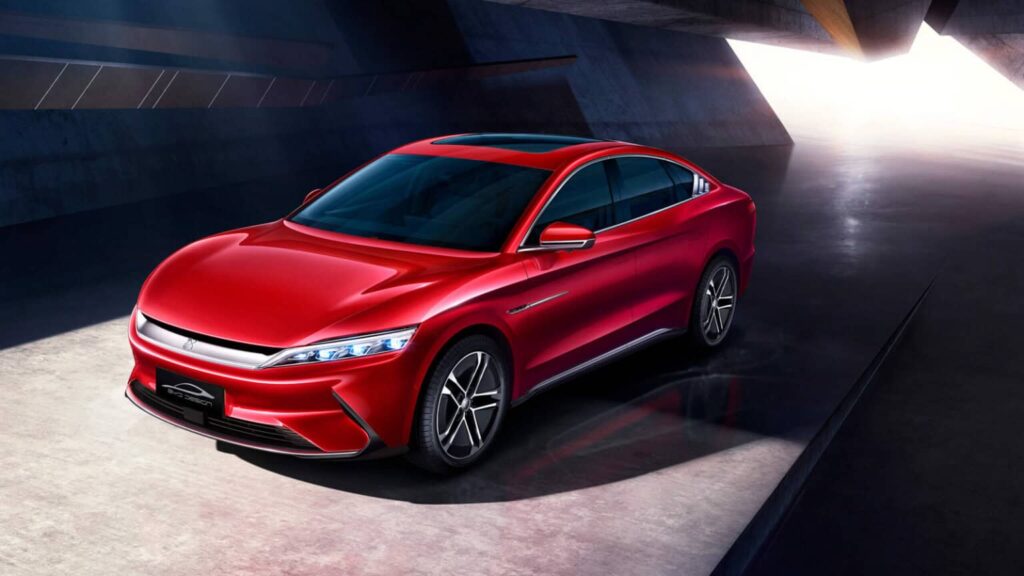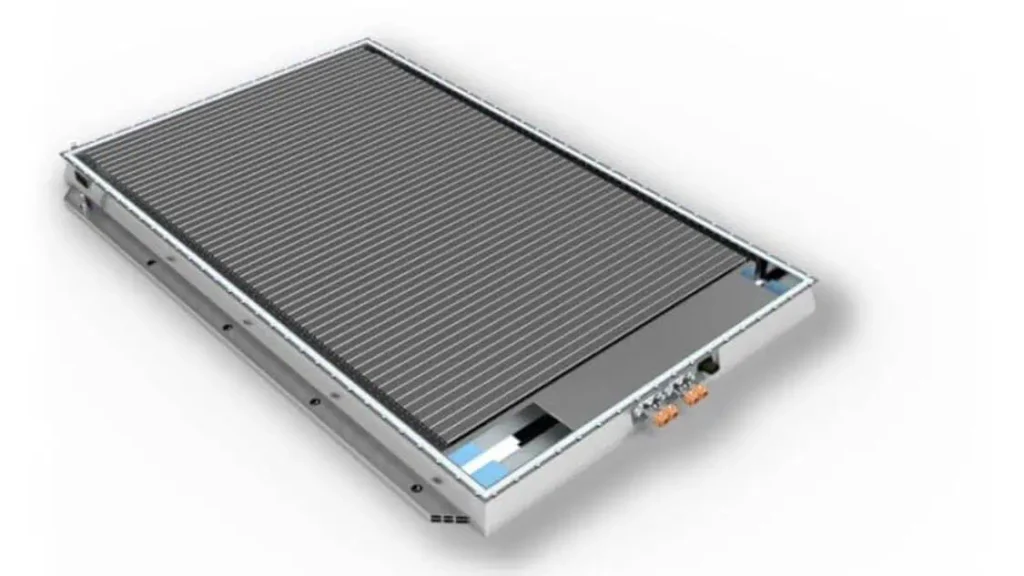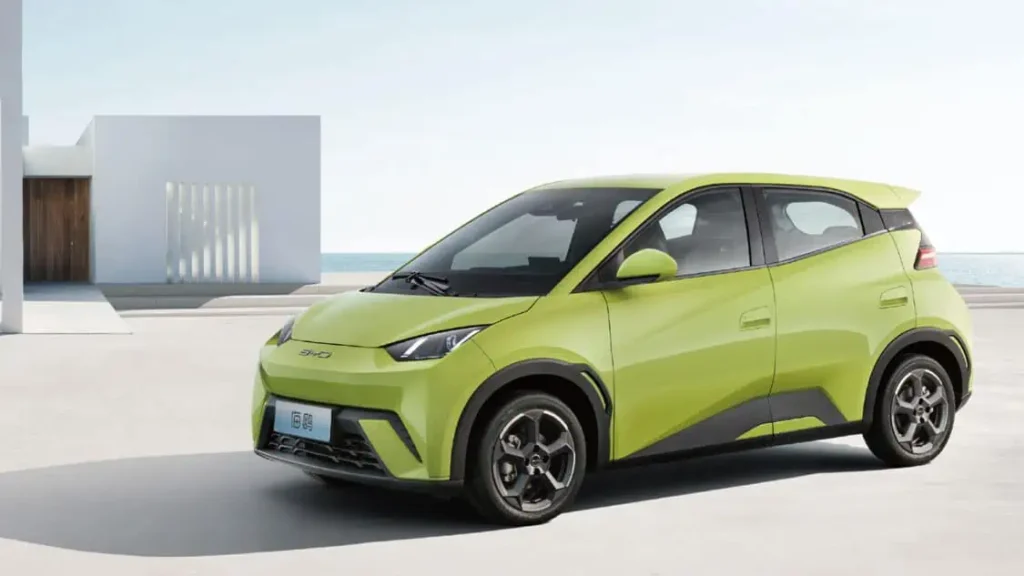Innovative New BYD Blade Battery Lowers Cost and Increases Range of EVs to 1000 km
BYD is shaking up the electric vehicle (EV) market with the introduction of its second-generation ‘blade’ battery pack. Releasing as soon as August 2024, this advanced technology is expected to outperform even the planned solid-state EV batteries from Toyota, which are not anticipated until 2026, possibly signaling the end of solid-state technology before it even begins to enter the market.

Not only will the new battery technology of the BYD blade be lighter and more compact compared to its predecessor introduced in 2020, but it will also feature a significantly improved efficiency with up to 190kWh density, potentially offering a range of up to 621 miles (1000 km) based on the China Light-Duty Vehicles Test Cycle (CLTC) standards.
EV Ranges Compared
The upcoming 2025 Porsche Taycan offers an unprecedented 421 mile (678 km) range. This advancement surpasses the Polestar 2, another frontrunner with an impressive 407 mile (655 km) range. China’s Zeekr 009 is set to win the range race with an astonishing 511 mile (822 km) range on a single charge.
BYD is a leading EV battery player with its innovative second-generation ‘blade’ battery technology. The BYD Seal, leading the electric lineup of BYD cars, demonstrates the potential of first-generation lithium-iron phosphate (LFP) blade batteries by offering a considerable 354 mile (570 km) range with 150kWh density.
BYD’s upcoming Han EV, launching this June, will feature the advanced blade battery. Leading the Dynasty Family lineup, this flagship sedan features an impressive cruising range of 372 miles (605 km) and accelerates from 0 to 60 mph in just 3.9 seconds.

New Blade Battery Technology, Drops in Lithium Prices Will Drive EV Prices Down Globally
China’s leadership in electric vehicle and EV battery technology will soon be duplicated by OEMs around the world. These advancements, such as the innovative new BYD blade battery, are increasing the range of EVs and decreasing charging time. More efficient vehicle and battery production, including vertically integrating batteries into vehicle production, decreases costs, following the BYD model. A plentiful supply of lithium in the US and elsewhere, along with huge lithium price drops, will contribute to other factors and drive all EV prices down globally and in the US soon.
Magnus Bekker, a globally recognized Cathode Materials Production Analyst, and Battery-Manganese specialist said, “Next generation cathode chemistries will be used in Blade type batteries. Ironically, China dominates midstream battery materials processing, despite importing the bulk of the minerals from established globally distributed resources. An urgent, time-bound opportunity for the West, to disrupt China’s dominance, lies in prioritizing investment into R&D to facilitate midstream processing of cheap & abundant next generation battery materials, I.e. Manganese, Iron and Nickel, none of which need any major exploration or development of new time-consuming mines.”
Bekker is a leading global EV battery expert. He is founder of Sinobatintel, which helps investors, analysts and producers of battery cathode materials and precursors to be knowledgeable about the latest production trends in China, the world’s most developed battery supply chain.
In China, EVs Are Cheaper Than ICE
When EVs are significantly lower-priced than internal combustion engine (ICE) vehicles around the world, as they already are in China, EV adoption in the US and globally will absolutely explode. Imagine if a US company made its own version of BYD’s new EV, the Seagull, for sale in the US. The Seagull sells in China for under $10,000, far cheaper than any new ICE vehicle that has ever been offered, breaking a global automotive industry price record by a huge margin. If an OEM offered a new EV for less than the lowest-priced ICE vehicle in the US, that would obviously be a “game over” for ICE. We predict this will happen soon.

The Chinese government invested billions in its EV industry, directly subsidizing its EV companies such as BYD. The ability of the US to match that is unlikely. Furthermore, labor prices in China are much lower than the US. So, don’t expect America’s new affordable EVs to be less than $10,000, but EV prices will be less than ICE much faster than anyone ever imagined. The global tsunami EV wave is coming, will you be ready?

Electric Vehicle Marketing Consultant, Writer and Editor. Publisher EVinfo.net.
Services